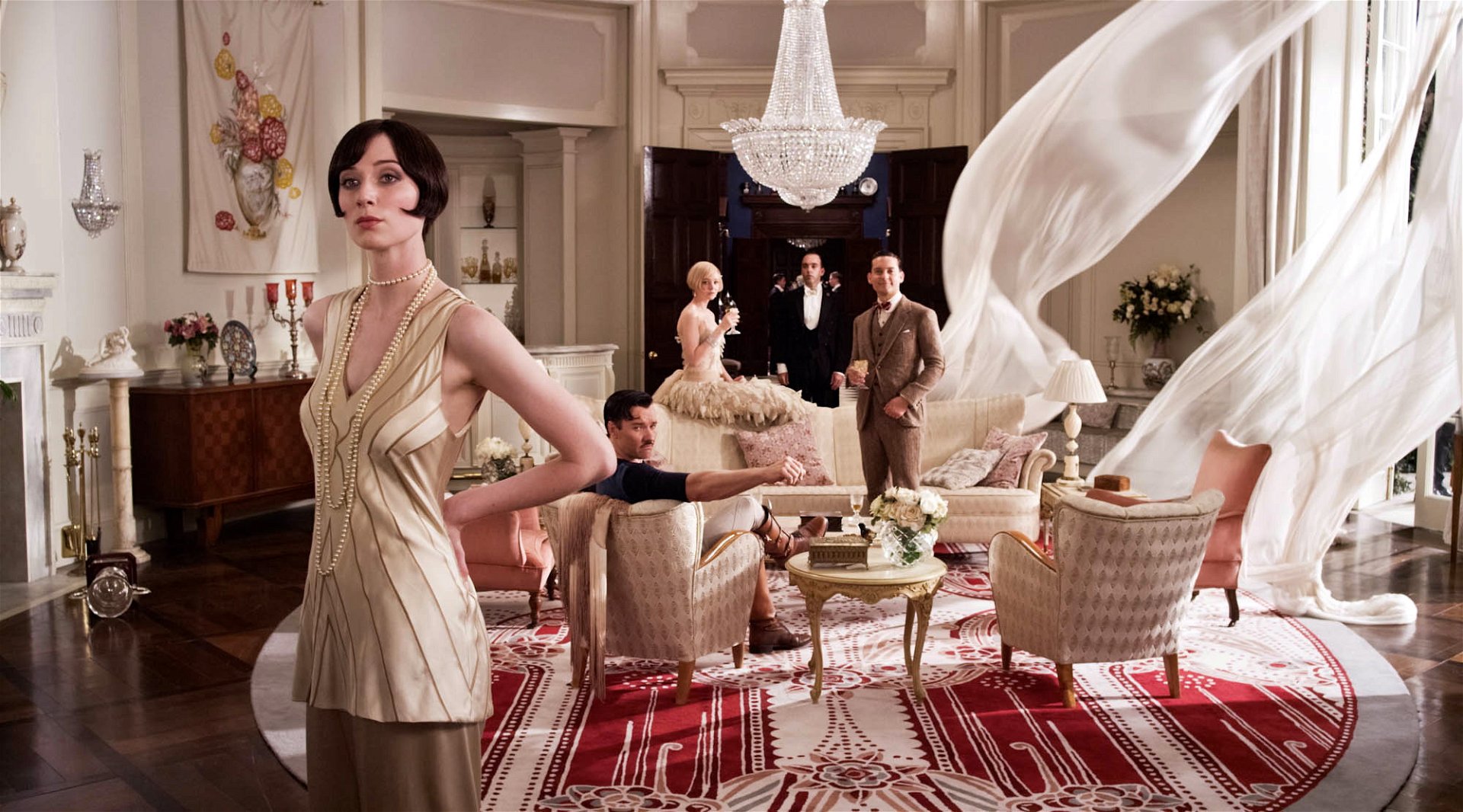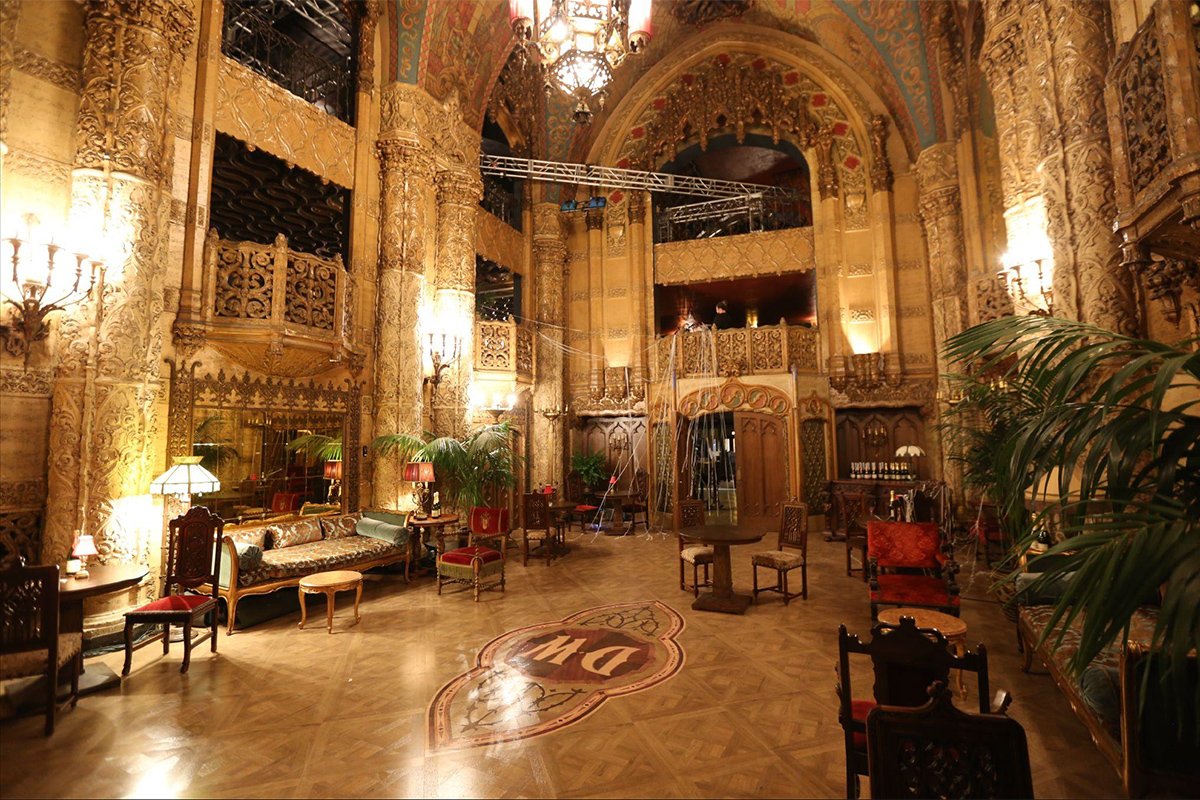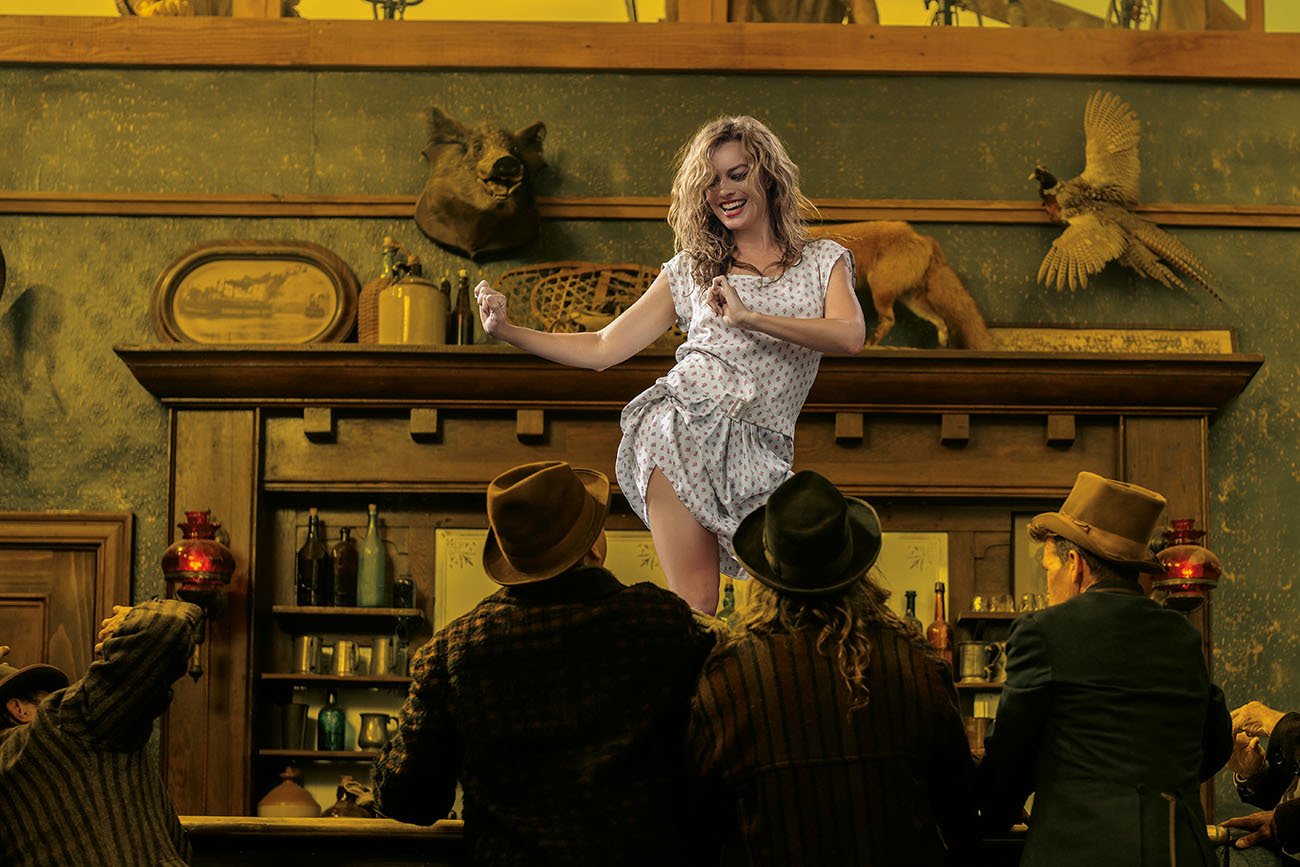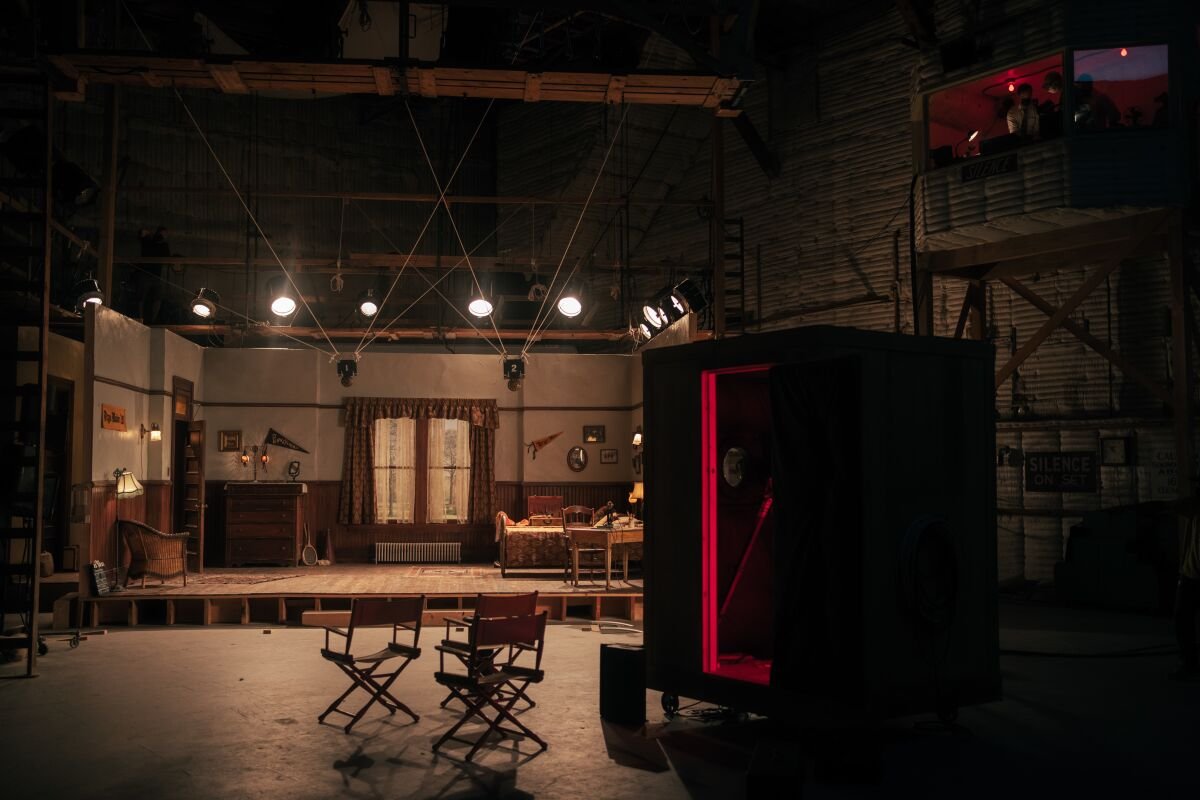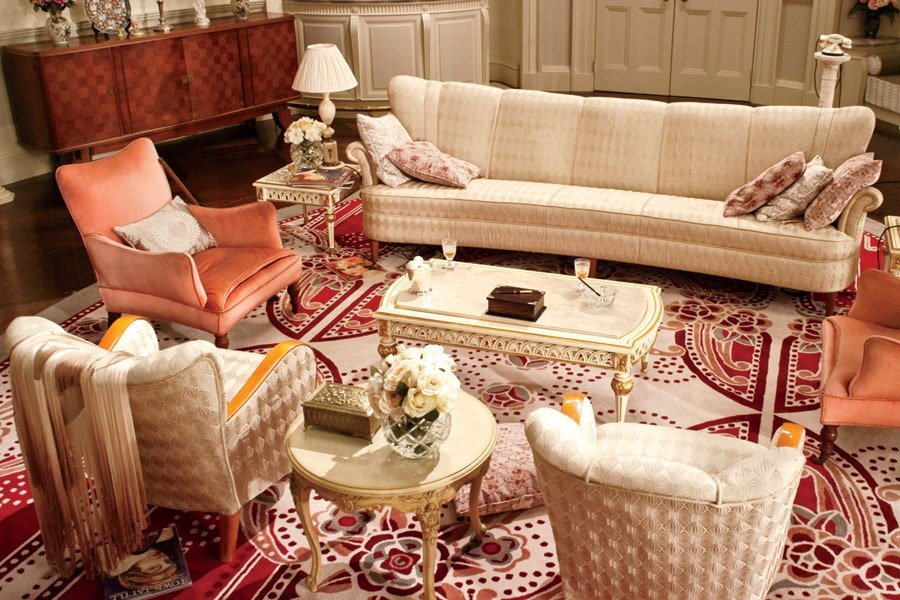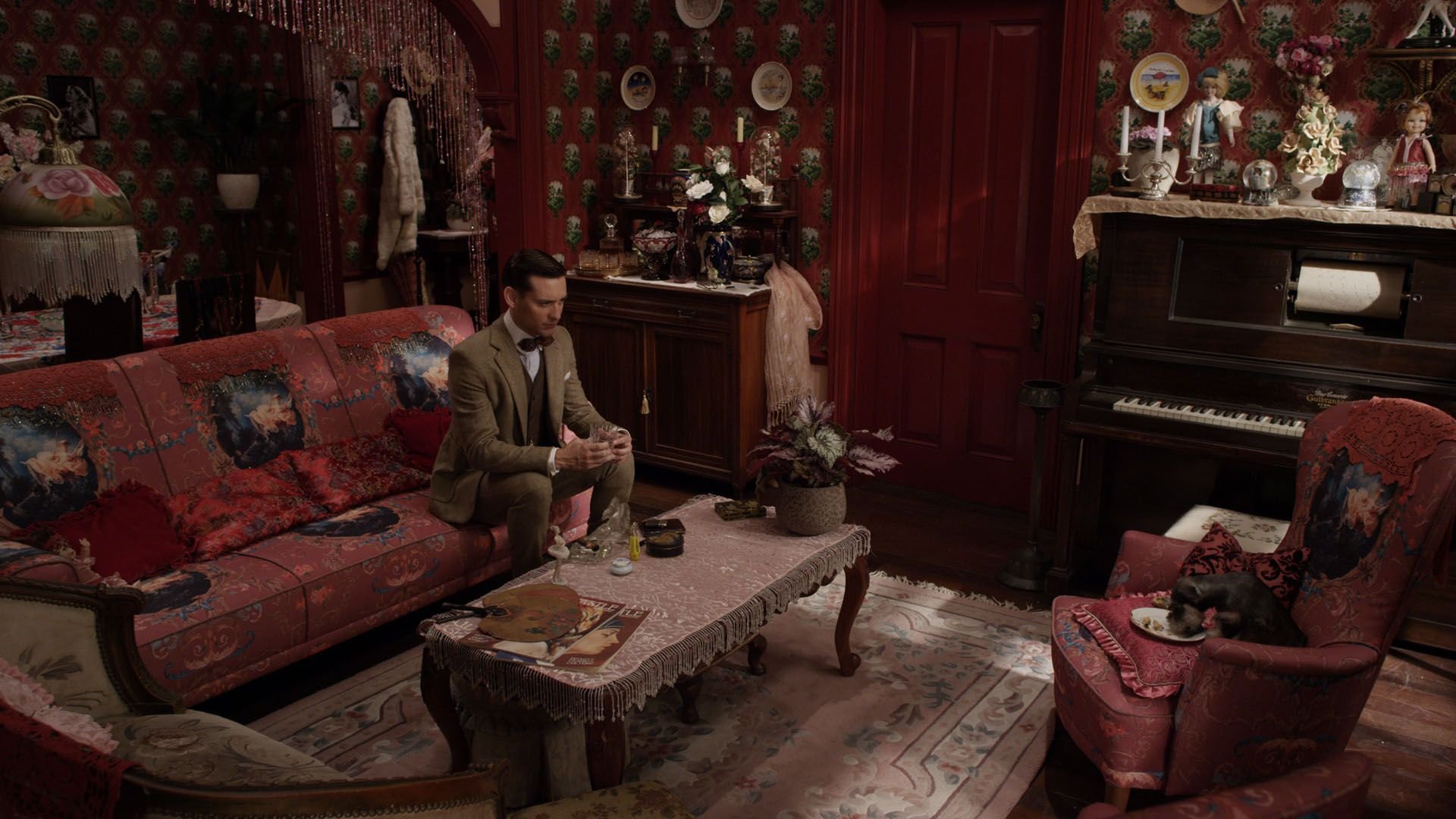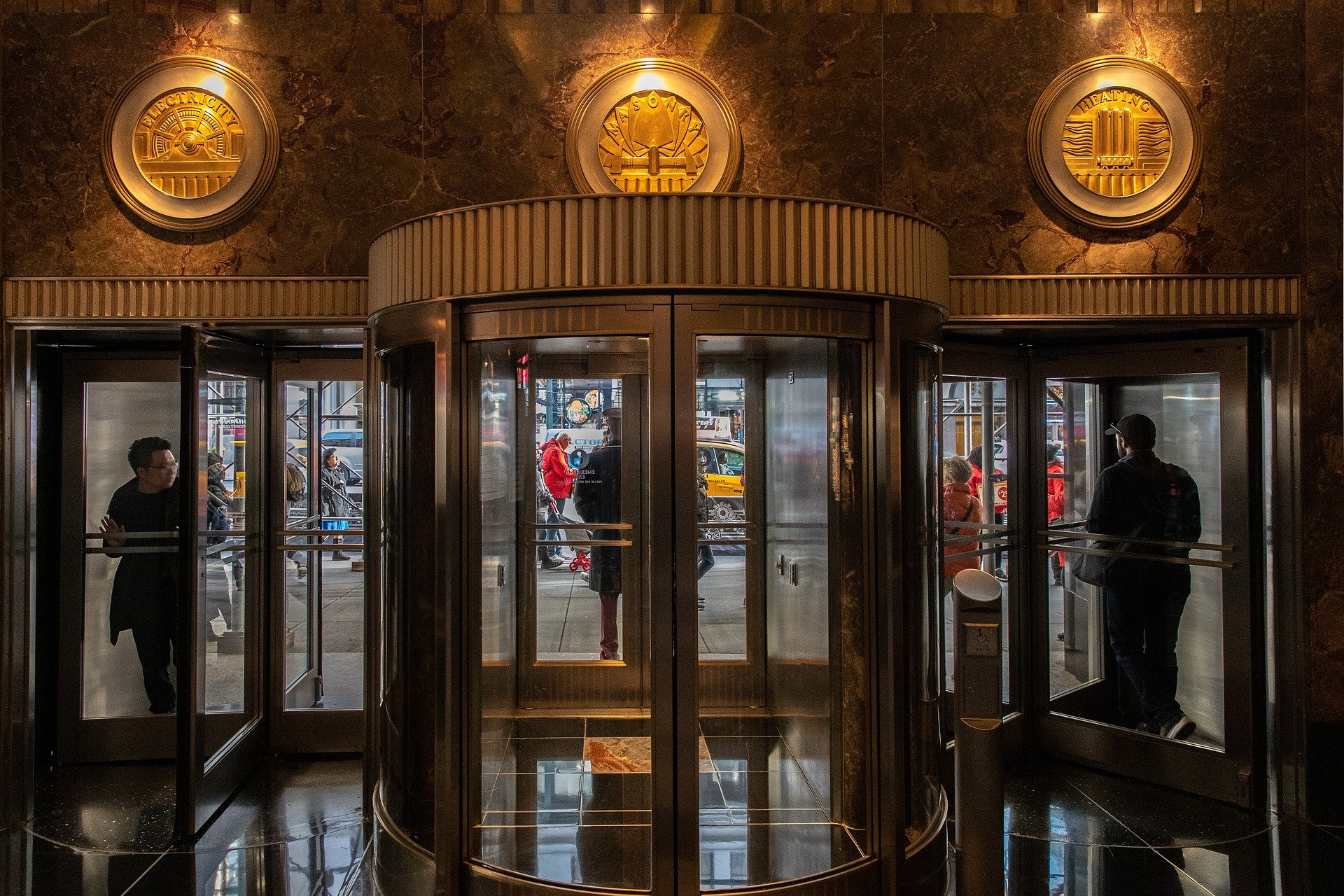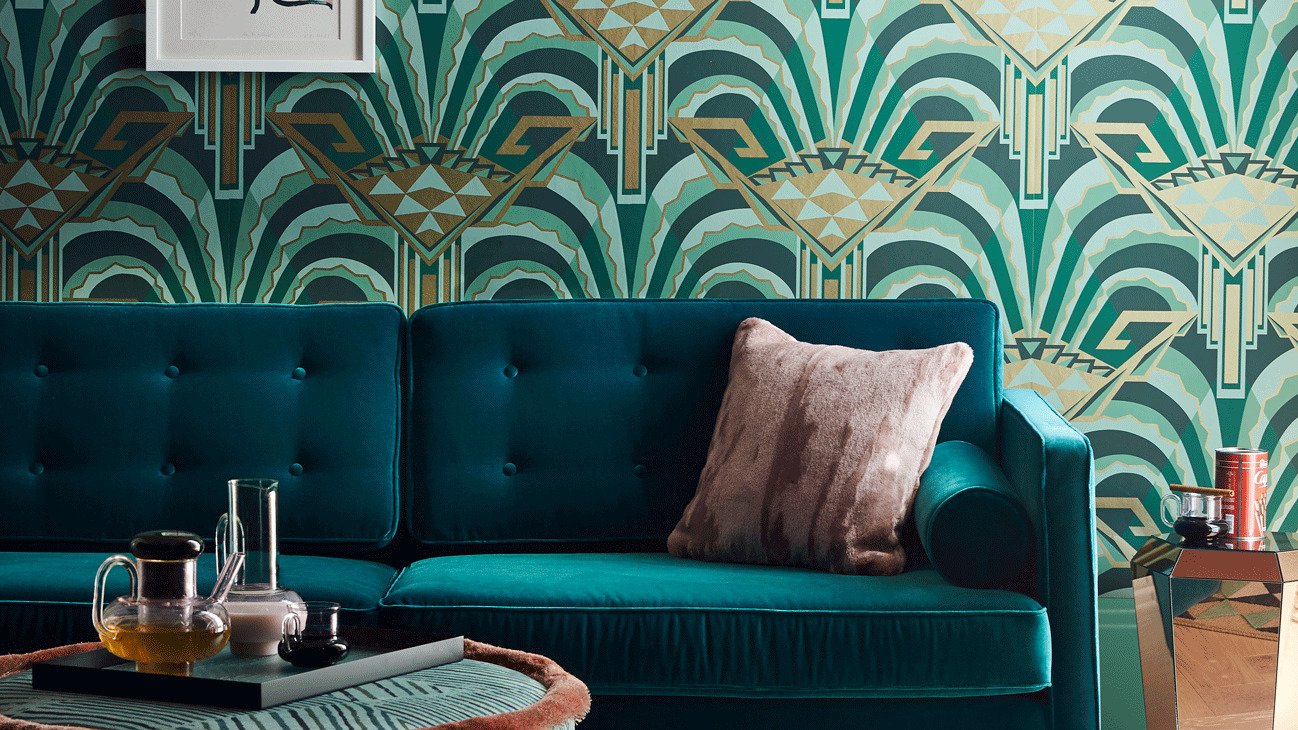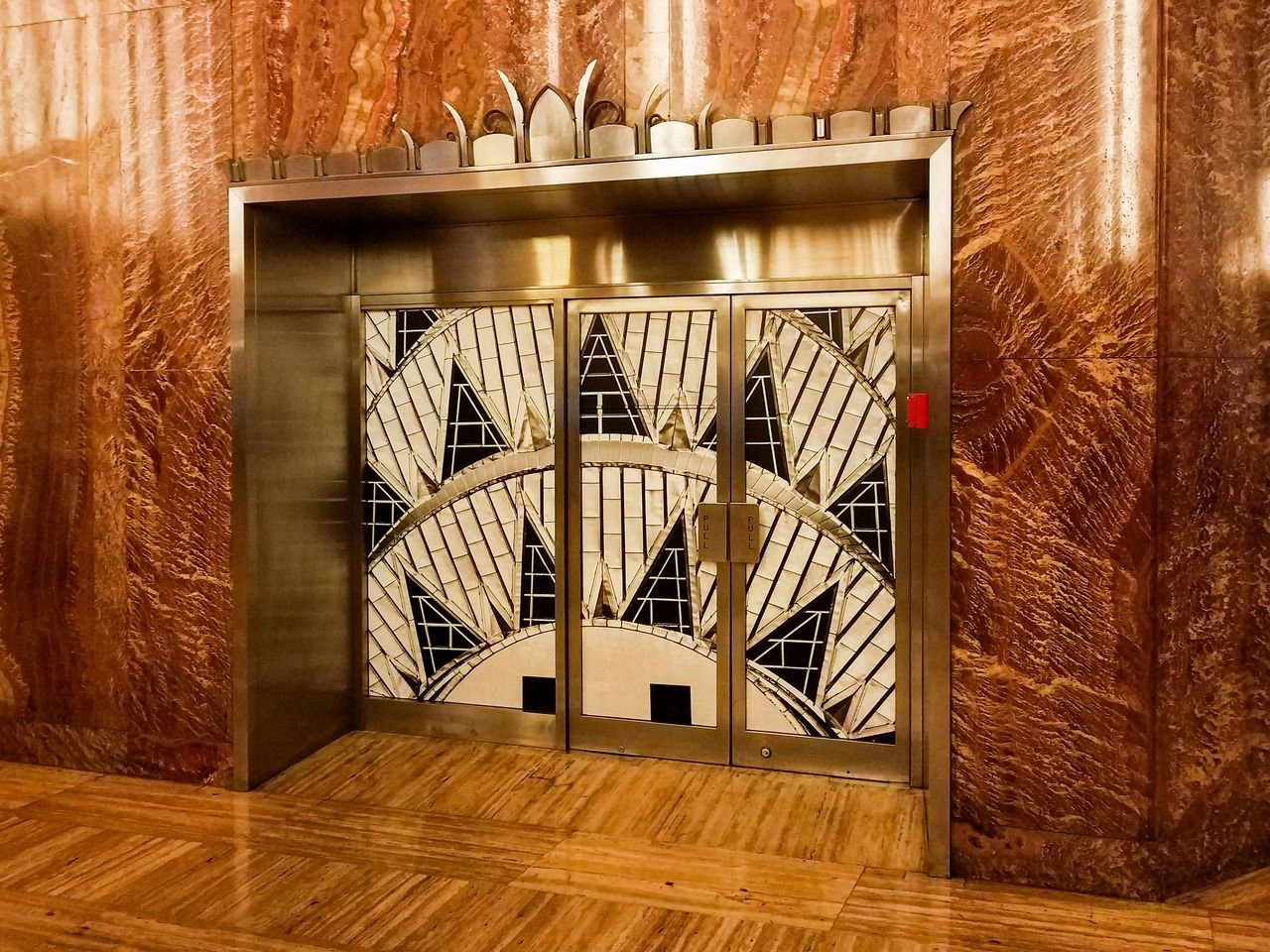“Honey, you don’t become a star. You either are one, or you ain’t. And I am!”, the fiery Nellie LaRoy, played by Margot Robbie in Babylon, says as she shows up unannounced at an exclusive film party and charms her way to the top (literally) through the night.
We cannot help but think the line holds true for more than one contributor in this scene; one is the actor, and the second is the Art Deco-inspired set design. Much like Nellie in Babylon, Art Deco debuts as a rather small addition to the movie until it becomes the movie. But how did this Paris-originated art movement mould the filmmaking landscape of Los Angeles back then?
The advent of Art Deco, Hollywood Studios and the Oscars
A decade after the end of World War I, art connoisseurs from across the globe gathered in Paris, France, at the International Exhibition of Modern Decorative and Industrial Arts to illustrate the new and progressive way ahead. As thousands of designs and displays aimed to redefine ‘modern and futuristic’, one aesthetic stood out; the dramatic, decorative style of Art Deco!
Interestingly, this hallmark Hollywood style travelled from Europe to California, United States via a film production house—MGM Studios (now Hollywood Studios). Art Deco in the 1920s presented a glamorous escape into a seemingly modern world of music, luxury, consumerism, and sexual liberation. It quickly took over all forms of design, from architecture to fashion, film, photography, transport and product design.
With state-of-the-art cameras and sound systems, the era of talkies became synonymous with the rich colours and bold shapes of the streamlined style. It seems fitting then that the celebration of cinema at the 95th Annual Academy Awards happened on the stage of Art Deco! The night hit a sweet note of nostalgia with elegant drapes, golden deco lighting and a glam sunburst-patterned stage.
Art Deco at the Oscars: Babylon and The Great Gatsby
A harbinger of modernity in films and filmmaking, Art Deco holds a special space in Los Angeles architecture. No wonder the Oscars have a long-standing tryst with the artistic style in its Best Production Design category. Let’s take a closer look at one of this year’s nominee, Babylon and one of the classics, The Great Gatsby.
Damien Chazelle’s ‘Babylon’ retraces the introduction of live sound and music in the silent film era and the chaos that follows. It is peppered with multiple insights about the making of the ‘Roaring 20s’ and the eventual rise and formation of Hollywood.
Interestingly, Art Deco and Nellie LaRoy are discovered at the same party. Tipping towards the exuberant nature of the era, the dinner party scene features the Gothic mansion of movie mogul Don Wallach (Jeff Garlin) with parquet flooring and red and gold jewel-toned interiors. The castle is in stark contrast with the Spanish Revival architecture and stucco-walled interiors of Jack Conrad’s (Brad Pitt) mansion—filled with pastel tones and assorted antiques and furniture from around the world.
Before Art Deco came ashore, Art Nouveau and Victorian architecture were the reigning aesthetic. Nellie’s success montage summarises Hollywood’s eventual transition from Victorian to Art Deco in the late 1920s. The montage opens with a bar ‘jewel box’ set with the iconic taxidermy art of Victorian interiors and then slowly transitions to include bold backdrops, abstract art and geometric prints in furniture and fabrics of Art Deco.
In the famous retake scene of Babylon where the first shot with sound is recorded, the ‘college room’ set design is reminiscent of Victorian planning and aesthetic but the details are modern with patterned wooden flooring, darker colour combinations with fabric prints and stylised lamps. This blend of old building structures with new Art Deco windows and furniture is visible throughout the movie.
Jazz music entered the 1920s with the same zest and modern appeal as Art Deco. Acknowledging this, the set of the iconic ‘Singin’ in the Rain’ song features an abstract black and white backdrop with black Thonet bentwood chairs for the musicians.
‘Babylon’ barely scratches the surface of the true extravagance of Art Deco. A brief scene at the house of the gossip columnist Elinor St. John (Jean Smart) flashes its maximal potential. The deep red and bold print aesthetic is vaguely familiar, thanks to The Great Gatsby.
While we view it through a nostalgic lens, the decorative style was by all means unfathomably modern and futuristic for the people of the time. Baz Luhrmann’s ‘The Great Gatsby’ demonstrates how the movement’s progressive aesthetic of oversized rooms with geometric patterned carpets, paintings, upholstery, colossal chandeliers and subtle aerodynamic curves signifying indulgence and wealth, immortalised it as the Hollywood Regency design style.
Tom and Daisy’s mansion speaks of Art Deco opulence and elegance in the same breath. There’s an unmistakable play of textured woods, deliciously curved oversized sofa sets in suede and geometric, repetitive prints in its carpets and upholstery.
Maximalism at its best, Myrtle’s apartment is dipped in dangerously deep reds with printed wallpapers, dark woods and a velvet fabric touch. The oversized curved furniture is met with equally enormous lamps and antiques emphasising the comparatively smaller set and the emotional tight spot of the scene.
Decoding Art Deco and its unprecedented popularity
Drawing inspiration from its predecessors—Art Nouveau (1890), Bauhaus (1910) and Soviet Constructivism (1915)—Arts Décoratifs or Art Deco as we now know it, combined the classical motifs and patterns of the past with the metallic material approach of the industrial age.
It represented a purely decorative and expressionist purpose without an ulterior social and philosophical narrative. Art Deco drew diverse and distant influences from around the world through bold colours, exotic themes and motifs reminiscent of eastern ornamentation. Symmetrical silhouettes and repeating patterns of stylised natural elements stroked urban imagination. The movement appealed to every class and society, from unique luxury statements to mass-produced furniture.
Art Deco is characterised by bold geometric forms such as elongated rectangles, triangles and trapezoids, chevrons, sunbursts and zigzags. Owing to industrial advancement, the style differentiated itself with the use of rich materials and textiles. Stainless steel, brass, ebony, zebrawood, marble, mirror and lacquer, along with high-end upholstery fabrics, formed its tactile palette. While its primary preference is creams, beiges and a jewel-toned colour palette, Art Deco also flaunts deep reds, blues, yellows, and greens.
If this is too much textual information in one go, a quick glimpse of the Chrysler building would more than suffice the movement. Often touted as peak Art Deco, the New York skyscraper features several Art Deco signatures such as the large sunburst windows, parapets, linear, towering silhouettes with flat, polished metal and glass surfaces, and exotic classical elements.
The Fall of Art Deco: Art Moderne to Modernism to Postmodernism
In the 1930s, with the advent of air travel, furniture and architecture explored a glossy, aerodynamic aesthetic with rounded edges, curves and organic forms. Thus, the distinctive ornamentation, geometric forms and sharp edges of Art Deco gave way to the more streamlined and less decorative style of Art Moderne. In the wake of the Second World War, people disconnected from the extravagant appeal of the Art movements and the Modernist era began. The whimsical undertone of Postmodernism and the Eclectic Interior Design style of today are derivatives of Art Deco and Art Moderne. While Art Deco has been revived several times since it is still most notably associated with Hollywood.

